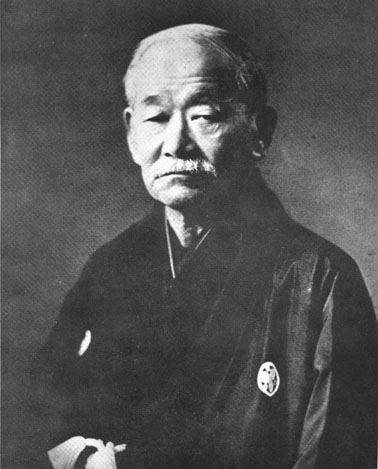
Judo is a martial art enjoyed by millions of people around the world. Men, women, boys and girls of all ages are able to participate in a sport that the entire family can enjoy together! The underlying theme in judo is mutual welfare and respect. Judo provides an emphasis on discipline and a tradition that let’s you learn from your opponents, and ultimately learn about yourself. Judo encourages a balance of skill, physical ability, and mental strength.
Judo is an unarmed martial art that originated in Japan as a means of self-defense. Historically, judo originated from ju-jitsu, a combative martial art which included kicks, strikes, and joint reversals. In 1882, Dr. Jigoro Kano developed a scientifically worked out system to develop the mind, as well as the physical body. Kodokan judo was started as a result of professor Kano combining the best techniques, modifying, and eliminating the dangerous elements of several jujutsu styles. He gave judo a strong moral orientation with a physical education emphasis.
Judo emphasizes controlling an opponent by turning their attacking force against them. Combat is now replaced with competition and has established itself worldwide. Judo has been included as an Olympic sport since 1964 and offers the opportunity for an individual to compete from local club levels to major international competitions. The Kayahara Judo Club travels as a group throughout Michigan and Ontario competing in a variety of tournaments.
Advantages of Judo
- Ukemi (learning to fall safely) is emphasized from the beginning. Ukemi ends up being the most practical self defense skill that there is because you will fall down many more times in your life than you will be attacked.
- Partners – Everything in judo is practiced with a partner, providing better feedback than solo practice. I have often wished that judo had some solo forms so that I could practice without a partner, but overall the fact that everything you do in judo is done with/against a real person instead of an imagined attacker is advantageous.
- The randori (sparring) system in judo allows a limited set of “safe” techniques to be used full force and full speed against fully resistant opponents. This creates a very practical, testable martial art – if it doesn’t put the other guy on the ground, it simply doesn’t work. If you can reliably put your opponent on the ground then you can have some confidence in the validity of the art.
- Standardization – Judo has an amazing degree of consistency/standardization throughout the world. What you practice in southwest Mississippi is about the same thing you would practice in Japan.
- Cross-over – Judo guys share part of their niche with amateur wrestling, jiujitsu, and even gymnastics so judoka can benefit from studying how these other guys approach movement and grappling.
Judo as a sport
The first time judo was seen in the Olympics was at the 1932 Games in Los Angeles, where Kano and about 200 judo students gave a demonstration. Judo became an Olympic sport for men in the 1964 Games in Tokyo. With the persistence of Rena Kanokogi, an American, and many others, judo became an Olympic sport for women as well in 1988. It is often stated that the men’s judo event in 1964 was a demonstration event, but according to the International Judo Federation (IJF) and International Olympic Committee, judo was in fact an official sport in the 1964 games. Dutchman Anton Geesink won the first Olympic gold medal in the open division of judo by defeating Akio Kaminaga of Japan. Judo then lost the image of being “Japanese only” and went on to become one of the most widely practiced sports in the world. The women’s event was a demonstration event in 1988, and became an official medal event 4 years later. Men and women compete separately, although they often train together. Paralympic judo has been a Paralympic sport (for the visually impaired) since 1988; it is also one of the sports at the Special Olympics.
Collegiate competition in the United States, especially between UC Berkeley and San Jose State University, contributed towards refining judo into the sport seen at the Olympic Games and World Championships. In the 1940s Henry Stone and Yosh Uchida, the head coaches at Cal and SJSU, developed a weight class system for use in the frequent competitions between the schools. In 1953, Stone and Uchida successfully petitioned the Amateur Athletic Union to accept judo as a sport, with their weight class system as an official component. In 1961, Uchida represented the United States at the IJF meetings in Paris, where the IJF adopted weight classes for all future championships. The IJF was created largely based on the earlier European Judo Union, where weight classes had also been used for many years.
